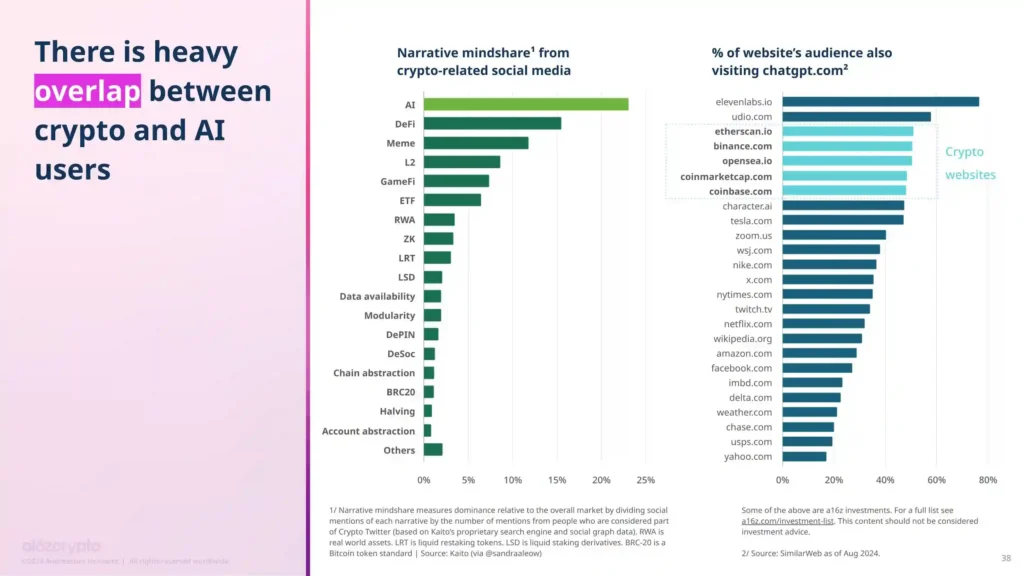Big banks and investment firms are now buying Bitcoin. They are also trading other digital coins. This is called institutional crypto trading. It has changed how the crypto market works. This guide explains why big companies start trading crypto. It also shows what stops them. We will look at both sides of this story.
What is Institutional Crypto Trading?

Institutional crypto trading means big companies buy and sell digital money. These companies are not small traders. They are huge firms with lots of money.
The main players include:
- Big banks
- Investment companies
- Insurance firms
- Pension funds
- Hedge funds
- Corporate treasuries
- Family offices
- University endowments
These firms trade millions of dollars at once. They can move crypto prices up or down. Their trades are much bigger than regular people’s trades.
How Big Company Trading Differs
Big companies trade crypto differently than regular people:
- They invest huge amounts of money
- They hire professional traders
- They use special trading systems
- They follow strict rules
- They have secure storage
- They do deep research
- They manage risk carefully
- They use advanced tools
Current State of Big Company Crypto Trading

More big companies are trading crypto in 2025 than ever before. The market has grown fast. New rules make it easier for them to join.
Growth Numbers
The numbers show huge growth:
- More money flows into crypto funds
- Trading volumes keep rising
- New crypto products launch monthly
- Better systems get built for big traders
Big investment banks now predict massive growth. They see $60 billion coming into crypto by the end of 2025. This money will come from large institutions.
Why Big Companies Start Trading Crypto
Many reasons push big firms toward crypto trading. Each reason helps them in different ways. Let’s look at the main drivers.
1. Spreading Investment Risk
Big companies want to spread their money across different investments. Crypto gives them a new option.
Different Price Patterns
- Crypto often moves opposite to stocks
- It can go up when bonds go down
- It acts differently during market crashes
- It offers unique ways to make money
Better Returns Possible
- Crypto has beaten stocks historically
- Early investors made huge profits
- New projects offer growth chances
- Smart investors can limit losses
2. Protection Against Inflation
When money loses value, companies need protection. Some cryptos work like digital gold.
Limited Supply
- Bitcoin has only 21 million coins total
- Many coins reduce their supply over time
- Computer programs control the money supply
- No government can print more coins
Keeping Value Over Time
- Bitcoin is called digital gold
- It may hold value when dollars lose worth
- It protects against weak currencies
- It works like gold but is easier to store
3. Access to New Technology
Smart companies see crypto as a window into the future. They want to learn about new financial tools.
Blockchain Benefits
- New ways to send money anywhere
- Smart contracts that work automatically
- Systems that work without banks
- Faster and cheaper payments
Getting Ahead of Others
- First movers often win big
- Learning early gives advantages
- New tools can cut costs
- Partnerships with tech companies
4. Customer Pressure and Competition
Big companies face pressure from their customers and competitors.
What Customers Want
- Rich clients ask for crypto exposure
- Pension members want diverse investments
- Companies need help managing cash
- Investment boards approve crypto plans
Staying Competitive
- Other firms are already trading crypto
- Missing out means losing business
- Crypto services bring in new money
- Tech startups steal market share
5. Clearer Rules and Better Systems
Government rules are getting clearer. This makes big companies feel safer about crypto.
Better Legal Framework
- Clear rules for following laws
- Government approval for crypto funds
- Courts support crypto business
- Officials promote blockchain technology
Professional Infrastructure
- Safe storage for big amounts
- Professional trading platforms
- Enterprise-level features
- Insurance for crypto investments
6. Making Money from Trading
Big companies want to make profits from active trading.
Market Opportunities
- Price differences between exchanges
- Advanced tools find profit chances
- Volatility creates trading opportunities
- Market making earns steady income
Earning Interest
- Lending crypto for returns
- Staking coins for rewards
- DeFi platforms pay high rates
- Complex products combine strategies
What Stops Big Companies from Trading Crypto
Even with good reasons to start, many barriers still exist. These problems keep some big firms away from crypto.
1. Unclear Rules and Legal Worries
Rules about crypto change often. This creates problems for big companies.
Changing Laws
- Different countries have different rules
- Requirements keep changing
- Tax rules are confusing
- New laws might affect old investments
Following Rules is Hard
- Lots of paperwork is required
- Know your customer rules are strict
- Record keeping is complex
- Legal responsibility is unclear
2. Storage and Security Problems
Keeping crypto safe is harder than keeping cash safe.
Technical Dangers
- Private keys can be lost or stolen
- Hackers target crypto holders
- Mistakes can lose money forever
- Insurance coverage is limited
Storage Infrastructure Issues
- Few companies meet big firm standards
- Client money must be kept separate
- Backup plans are complicated
- Multiple signatures slow down trading
3. Price Swings and Risk Control
Crypto prices move up and down very fast. This creates problems for big companies.
Volatile Prices
- Prices can drop 50% in days
- Market manipulation still happens
- Hard to sell large amounts quickly
- Correlations increase during crashes
Managing Risk is Complex
- Old risk models don’t work
- Calculating risk needs new methods
- Stress tests are hard without history
- Portfolio math gets complicated
4. Not Enough Liquidity
Big companies need to trade large amounts easily. Crypto markets sometimes can’t handle this.
Market Depth Problems
- Large trades move prices too much
- Liquidity spreads across many exchanges
- Trading happens 24 hours a day
- Moving money between exchanges is slow
Market Structure Issues
- Some exchanges are not regulated
- Few market makers control prices
- Flash crashes happen often
- Price differences between exchanges
5. Technology and Infrastructure Barriers
Setting up crypto trading systems is hard work.
System Integration Problems
- Old systems don’t work with blockchain
- APIs break and cause problems
- Data quality is often poor
- Blockchain networks are slow
Operating Challenges
- Staff need special training
- Choosing vendors is difficult
- Backup systems are complex
- Monitoring performance is hard
6. Reputation and Environmental Concerns
Some big companies worry about their image.
Environmental Problems
- Bitcoin uses lots of electricity
- Climate impact concerns investors
- Sustainability reports look bad
- Public pressure about energy use
Image Problems
- Crypto linked to illegal activities
- Public thinks crypto is speculation
- Board members worry about volatility
- Clients might react poorly
How to Solve These Problems
Smart companies find ways around the barriers. They use careful planning and good partners.
Better Risk Management
- Build special risk systems for crypto
- Test how crypto behaves in bad markets
- Create clear rules for compliance
- Set up proper oversight committees
Infrastructure Investment
- Partner with trusted storage companies
- Use professional trading platforms
- Hire crypto experts
- Buy comprehensive insurance
Working with Regulators
- Help create industry rules
- Work with other companies on standards
- Hire lawyers who know crypto
- Build good relationships with officials
What Happens Next
The future looks bright for big company crypto trading. Several trends point to more growth.
Market Getting Better
- More professional infrastructure gets built
- Rules become clearer over time
- More investment products launch
- Trading gets easier for large amounts
Technology Improvements
- Storage solutions get more secure
- Trading platforms add better features
- Analysis tools become more powerful
- Blockchain networks handle more trades
Rule Changes
Past adoption patterns suggest continued growth. Previous regulatory challenges contrast with current clarity. This reduces historical barriers for big companies.
Expected improvements include:
- Clearer compliance rules
- Standard reporting requirements
- Better consumer protection
- Countries working together on rules
Smart Moves for Big Companies
Companies thinking about crypto trading should consider these steps:
Start Small and Learn
- Begin with small amounts of money
- Focus on Bitcoin and Ethereum first
- Train staff on crypto basics
- Write clear investment policies
Choose Good Partners
- Pick experienced service providers
- Use multiple exchanges for safety
- Hire specialized consultants
- Join industry groups
Think Long Term
- View crypto as a long-term strategy
- Build systems for future growth
- Watch rule changes closely
- Keep learning about new developments
Final Thoughts
These 5 tips for deep cleaning your small loft apartment on a budget prove you don’t need expensive services. Simple planning, homemade cleaners, smart decluttering, focusing on key areas, and efficient techniques transform your space affordably. Start with one tip today. Small daily actions create lasting results. Your dream clean loft awaits—you just need to begin your budget-friendly cleaning journey.






